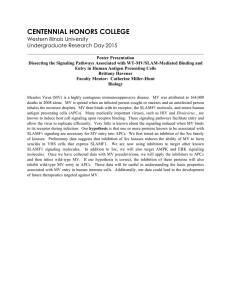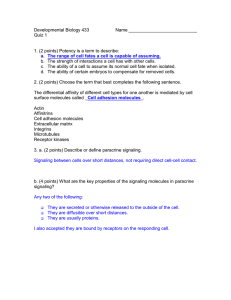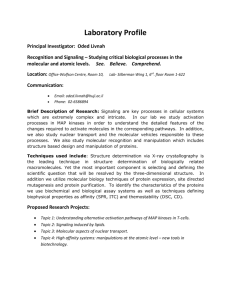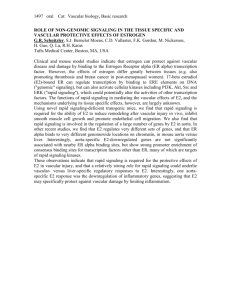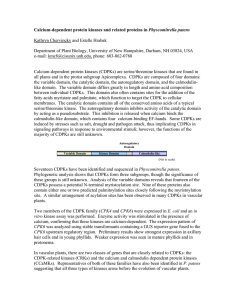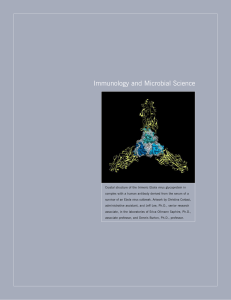Centennial Honors College Western Illinois University Undergraduate Research Day 2014
advertisement
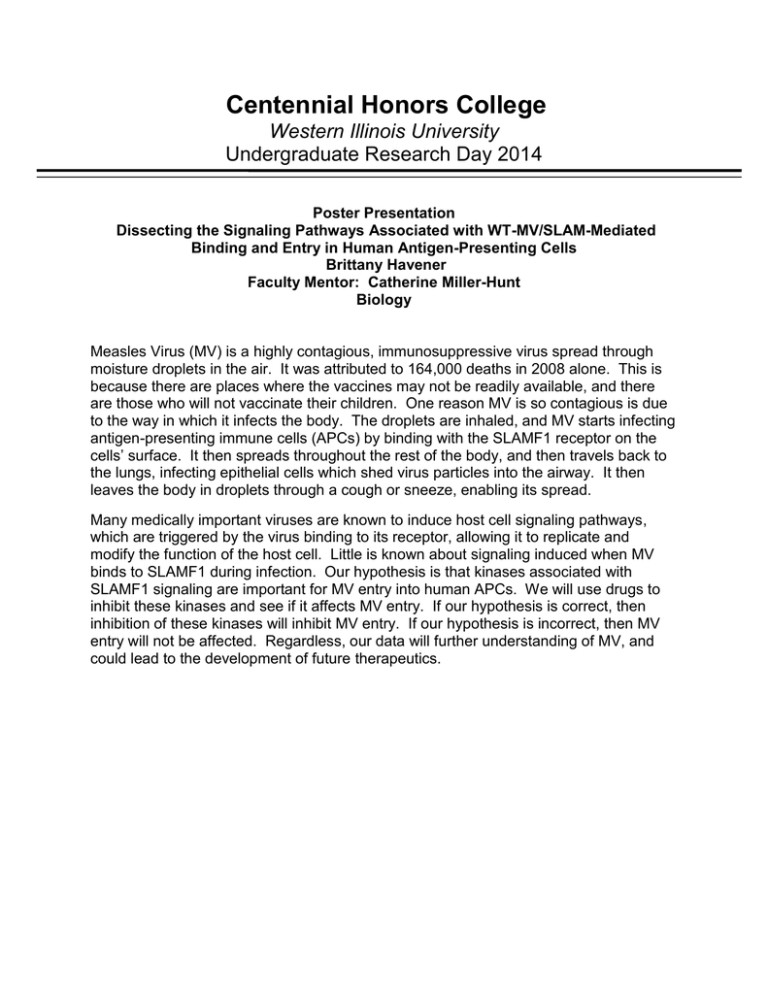
Centennial Honors College Western Illinois University Undergraduate Research Day 2014 Poster Presentation Dissecting the Signaling Pathways Associated with WT-MV/SLAM-Mediated Binding and Entry in Human Antigen-Presenting Cells Brittany Havener Faculty Mentor: Catherine Miller-Hunt Biology Measles Virus (MV) is a highly contagious, immunosuppressive virus spread through moisture droplets in the air. It was attributed to 164,000 deaths in 2008 alone. This is because there are places where the vaccines may not be readily available, and there are those who will not vaccinate their children. One reason MV is so contagious is due to the way in which it infects the body. The droplets are inhaled, and MV starts infecting antigen-presenting immune cells (APCs) by binding with the SLAMF1 receptor on the cells’ surface. It then spreads throughout the rest of the body, and then travels back to the lungs, infecting epithelial cells which shed virus particles into the airway. It then leaves the body in droplets through a cough or sneeze, enabling its spread. Many medically important viruses are known to induce host cell signaling pathways, which are triggered by the virus binding to its receptor, allowing it to replicate and modify the function of the host cell. Little is known about signaling induced when MV binds to SLAMF1 during infection. Our hypothesis is that kinases associated with SLAMF1 signaling are important for MV entry into human APCs. We will use drugs to inhibit these kinases and see if it affects MV entry. If our hypothesis is correct, then inhibition of these kinases will inhibit MV entry. If our hypothesis is incorrect, then MV entry will not be affected. Regardless, our data will further understanding of MV, and could lead to the development of future therapeutics.
